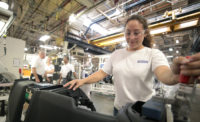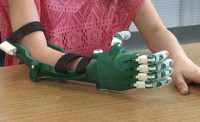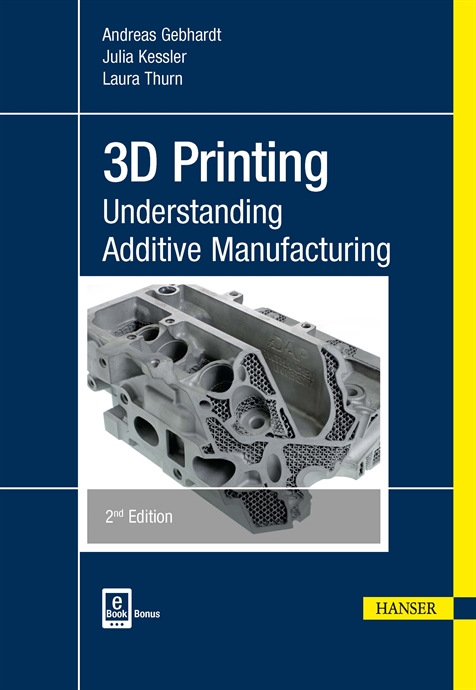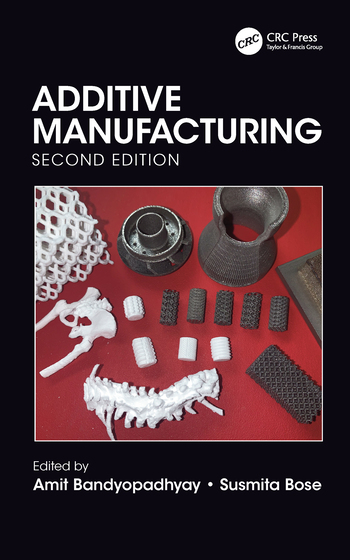Shukla Medical, a subsidiary of aerospace manufacturer S.S. White Technologies, designs and manufactures universal orthopedic implant removal tools such as the Xtract-All Spine Universal Spinal Implant Removal System. Their products are used by surgeons to preserve the patient’s bone while removing old implants.
Known for their intuitive design, Shukla’s instruments have time-saving features like quick-connections and multiple extraction options.
One problem Shukla faced was the ability to quickly create prototypes that could be tested by orthopedic surgeons to check for form and fit prior to final product fabrication. The company initially prototyped the parts using a CNC machine or sent the designs out to a third party. However, long lead times meant major slowdowns in iterating designs and preventing the company from quickly getting new products to market.
Shukla purchased a Markforged 3D printer capable of printing in continuous carbon fiber in 2017, and started using it to prototype tools instead of machining them.
“We put a lot of load on our instruments, and carbon fiber gives them a little more strength so it doesn’t feel like it’s a toy,” says Adam Gosik-Wolfe, mechanical engineer at Shukla Medical. This was an improvement from the original system, however the team at Shukla wanted metal prototypes to make it easier for surgeons to imagine using the tool.
Subramanya Naglapura, vice president of operations at Shukla Medical, recommended the company purchase a Markforged Metal X metal 3D print system for its ease of use, wide range of materials, and the safety it provided to users. After a great experience with the Markforged carbon fiber 3D printer, the team decided to add a Metal X system.
Using 17-4 PH Stainless Steel, Shukla Medical was able to prototype in the same material as many of the final products. The company now utilize their composite 3D printer for initial prototypes, and then the Metal X system for the final prototype that goes into the hands of surgeons for evaluation.
“The surgeon can envision using it in the actual incision, and can tell us if it feels the right way in their hands,” says Zack Sweitzer, product development manager at Shukla. “Being able to prototype more efficiently and get finished products to market more quickly will keep us on the forefront of the industry.”
The continuous carbon fiber 3D printer is also used to make soft jaws for any Metal X parts that require post-processing.
The Metal X relies on Atomic Diffusion Additive Manufacturing technology. Users design the part in CAD, upload the STL file, and select from a wide range of metals. The Eiger software does the rest. Metal powder bound in plastic is printed a layer at a time into the shape of the desired part. Parts are scaled up to compensate for shrinkage during the sintering process. Printed parts go through a washing stage to remove some of the binder. Parts are then sintered in a furnace and the metal powder fuses into solid metal. The final parts are made of pure metal, allowing them to be treated and processed like any other metal part.
“The Metal X has let us print more complicated parts to conform to implant geometry that would have otherwise been very expensive to machine,” notes Gosik-Wolfe. “I think we are at the tip of the iceberg with what we will be able to make with the Metal X in the coming years.”
With Markforged technology, Shukla is able to minimize time spent in the operating room, as well as increase safety and reduce recovery time for patients. “We’re going to bring a lot more products to market faster with our Markforged printers, and we finally have the design freedom to do it,” says Sweitzer.
For more information on the Metal X and metal 3D printing, call 617-666-1935 or visit www.markforged.com.






